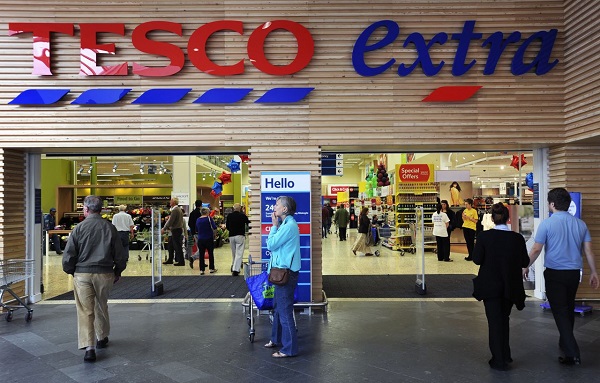It doesn’t appear to be a good time to be an established bricks and mortar supermarket or superstore retailer. Companies such as Tesco, who a few short years ago appeared to be eternal leaders in their field, now appear to be stumbling. The growth of online shopping, the rise of the convenience store, and in particular the onwards march of discounters, seem to be causing established businesses significant headaches. These retailers are attempting to fight back – trying to persuade shoppers to return to their old one stop shopping ways. I’m not convinced that the efforts of big retailers to lure shoppers back one stop shopping will work for the simple reason that shopping behavior has changed, and shoppers aren’t ready to return to one stop shopping.
Big retail is fighting to re-establish one stop shopping
For around six decades there was one key trend in shopping, and that was the move towards one stop shopping. Supermarkets lured shoppers away from bakers and greengrocers. Superstores systematically added books, newspapers, flowers, music, movies – it seemed that pretty much anything could be added to the weekly shopping basket of the worlds’ shoppers. And then the Internet came along and that changed everything. The internet made shopping around easier. It also completely changed the economics of niche marketing. Specialists once had to limit their reach to nearby households. Today a specialist butcher, for example, can market across the country, and yield the economies of scale once limited to the big grocers. Shoppers have discovered that one stop shopping also means one size fits all – and that simply doesn’t fit with how shoppers view their shopping. It appears that the shopper genie is well out of the bottle. Do retailers have what it takes to tempt the genie back?
Retailers are trying to turn back the clock
Retailers appear to be fighting a battle with the discounters, without really recognizing that the reality appears to be that shoppers actually seem to be enjoying the choice they have, and perhaps that shoppers no longer want to have their entire grocery (and beyond) shop, limited or controlled by one retailer. A quick look at some of the key strategies of some of the major retailers shows some of these limitations.
Shoppers like choice
Waitrose’s CEO was recently quoted in the press bemoaning the fact that discounters are offering fresh lobster for a few dollars each. Apparently shoppers are ignorant, and don’t understand that the quality might be different. I beg to differ. Most of the shoppers I have spoken to (and I’ll admit it isn’t a representative sample) understand that what they buy isn’t of the same quality as Waitrose, but buy it because it is affordable, and gives them an affordable choice that they simply didn’t have before. It isn’t that shoppers have changed, and not necessarily that shoppers don’t understand. It’s that shoppers now have choices that they simply didn’t have before
Shoppers are questioning retailers
Shoppers, armed with a broader set of retail offers to compare, are beginning to question the idea that the big retailers always offer the best value. Tesco’s latest attempt to keep a hold on the one stop shopping basket is the launch of seven new ‘brands’ of value product is a response to this. Each brand is named after a fictitious farm, suggesting that the produce comes from some quaint establishment nestled in the English countryside. The reality is far from this: product is sourced from all around the world, and many of the farms are far from the quaint image suggested. The launch has created a storm in the press – perhaps Tesco has misjudged the shopper of today?
Destroying the point of difference
Asda also has set its sights on discounters as enemy number one: and is cutting costs to try and compete on price. Those cost cutting efforts include reducing staff benefits. If the goal is to compete on price, then this might work, but surely in the front line against a broader retail threat, front line staff should be seen as a key competitive advantage, not a cost to be cut?
The battle lines are drawn, but perhaps they are drawn in the wrong place. While superstore retailers are fighting the discounter enemy, they seem to be failing to realize that these trends are not driven by discounters alone. One stop shopping worked for a time. It worked when it there was little other choice open to the shopper. It worked when the superstore was the most convenient way of shopping. Today’s shopper has more choice about what to buy and where to buy it than ever before – and shopping across channels is much more convenient. The trends we see today are driven by shoppers discovering that there are alternatives to one stop shopping, and that those alternatives work really well for many of them. Manufacturers and retailers need to really understand shoppers, and what they are looking for from the channels that exist. Those that choose to adapt their business models to the needs of shoppers will be the winners. For more on winning channel strategy in the age of the digital shopper, check out this free e-book.
Image: Flickr





